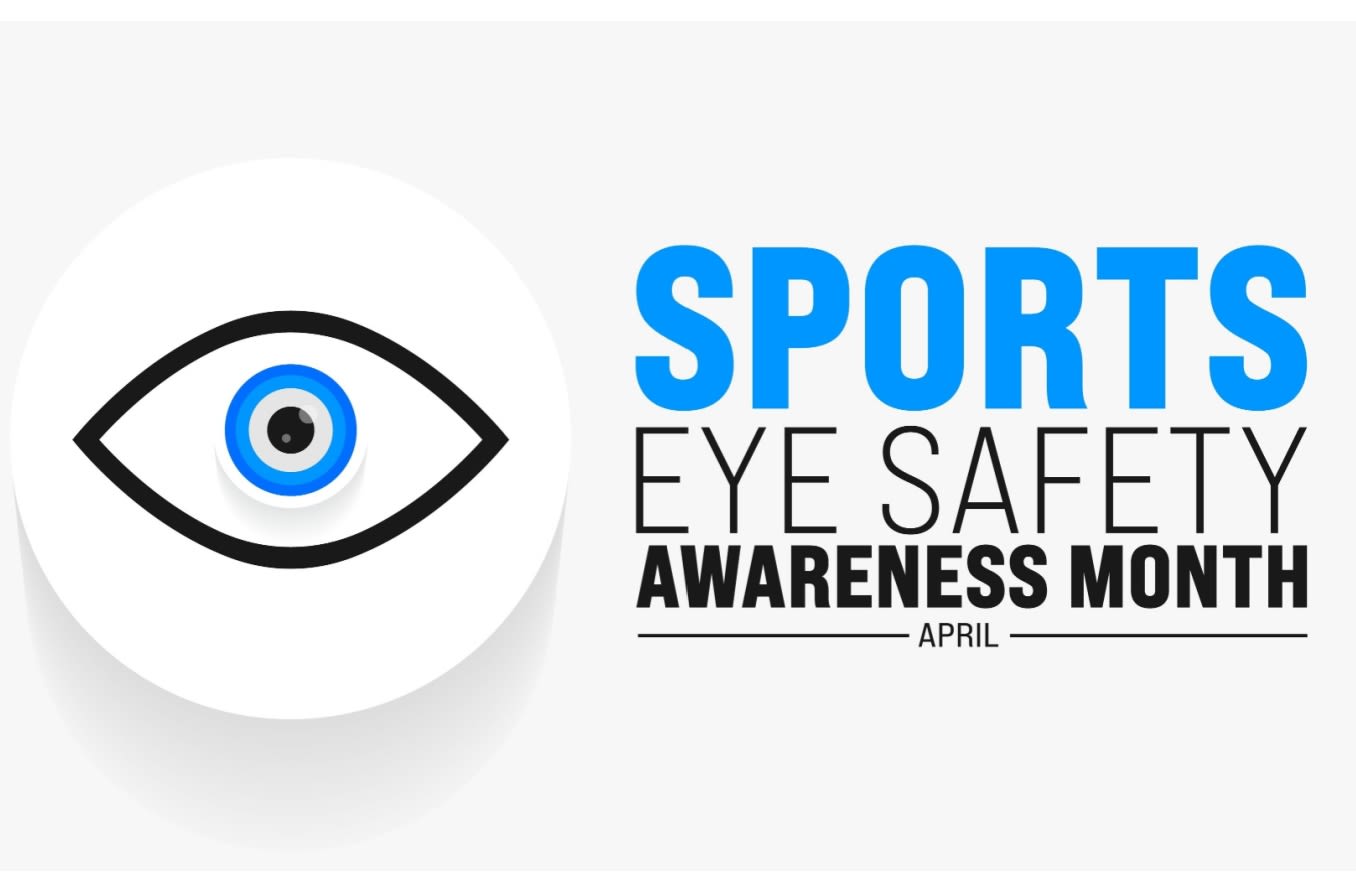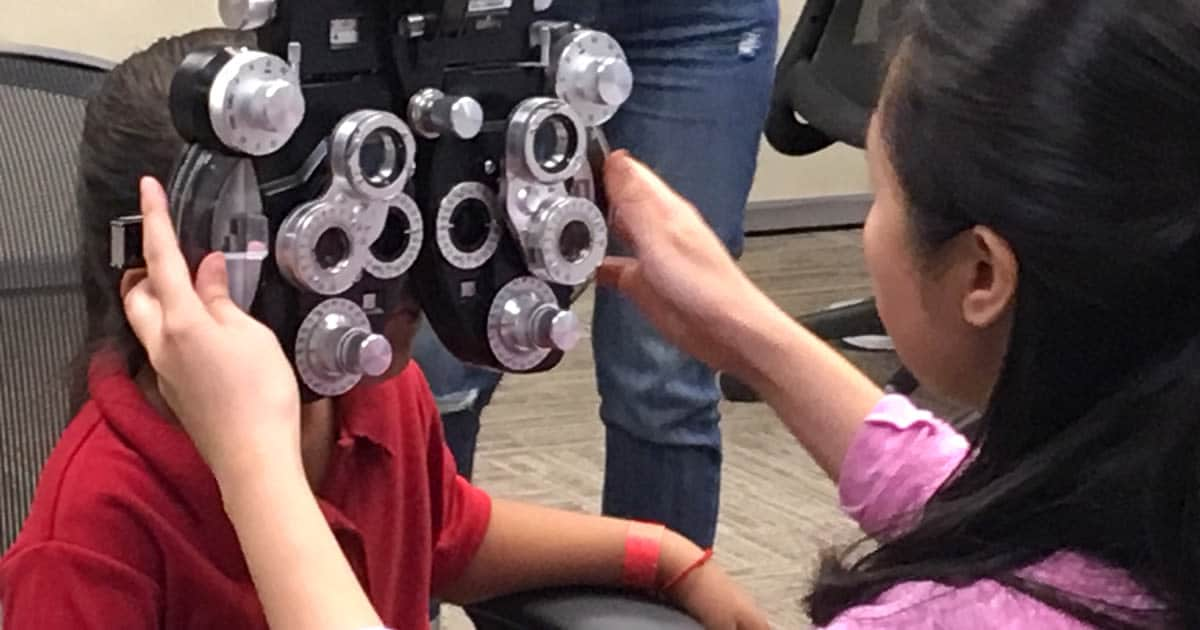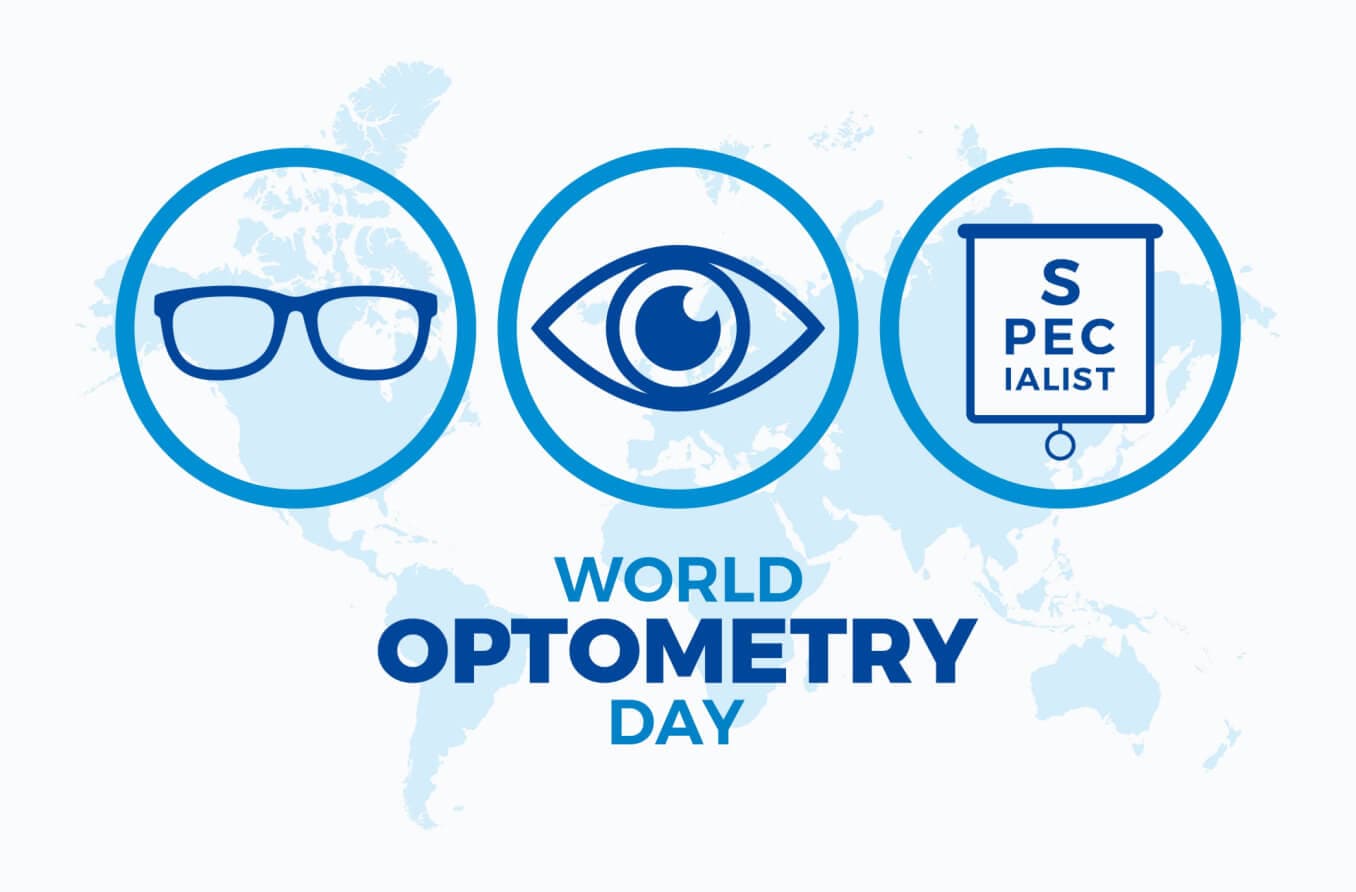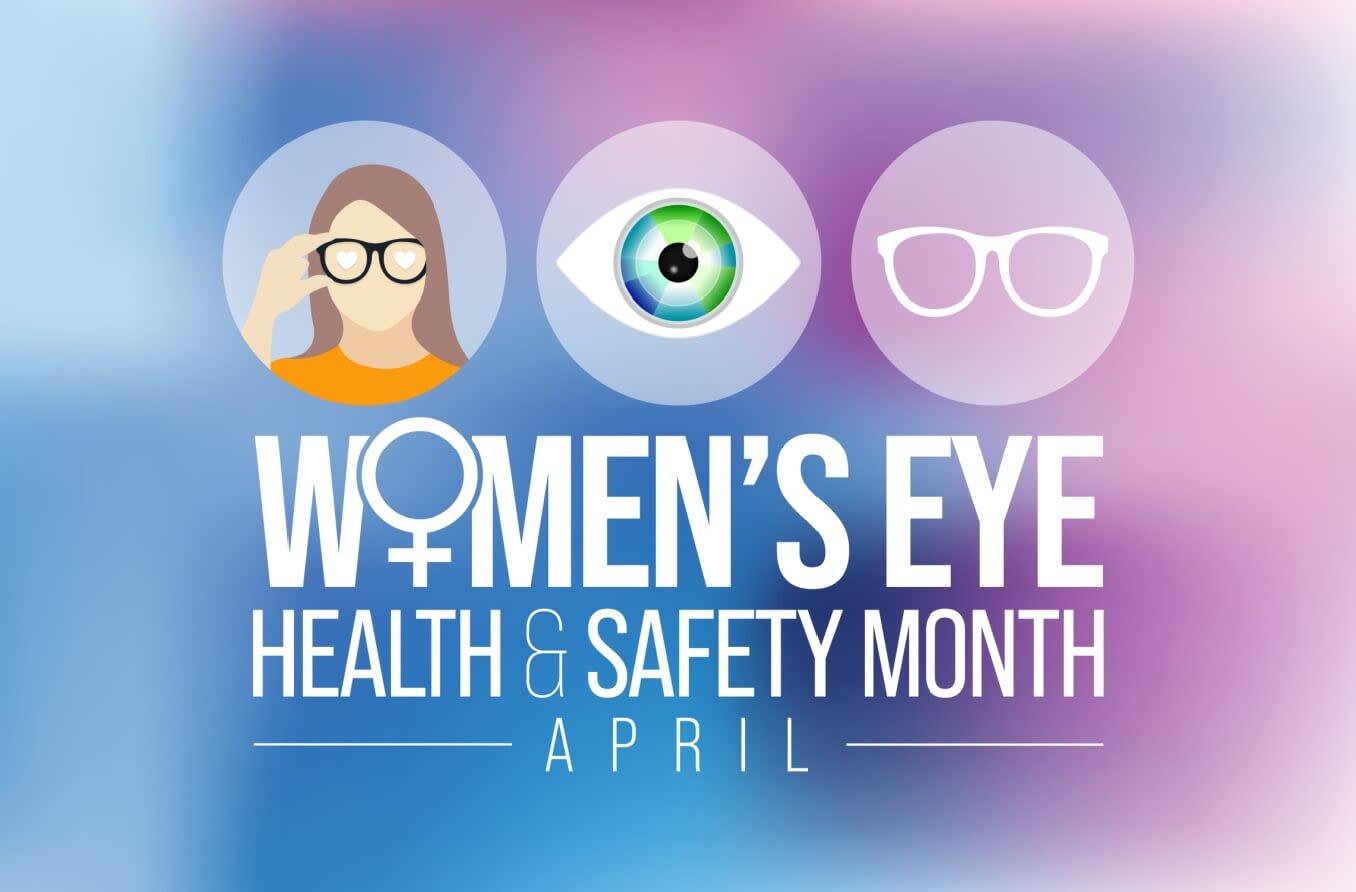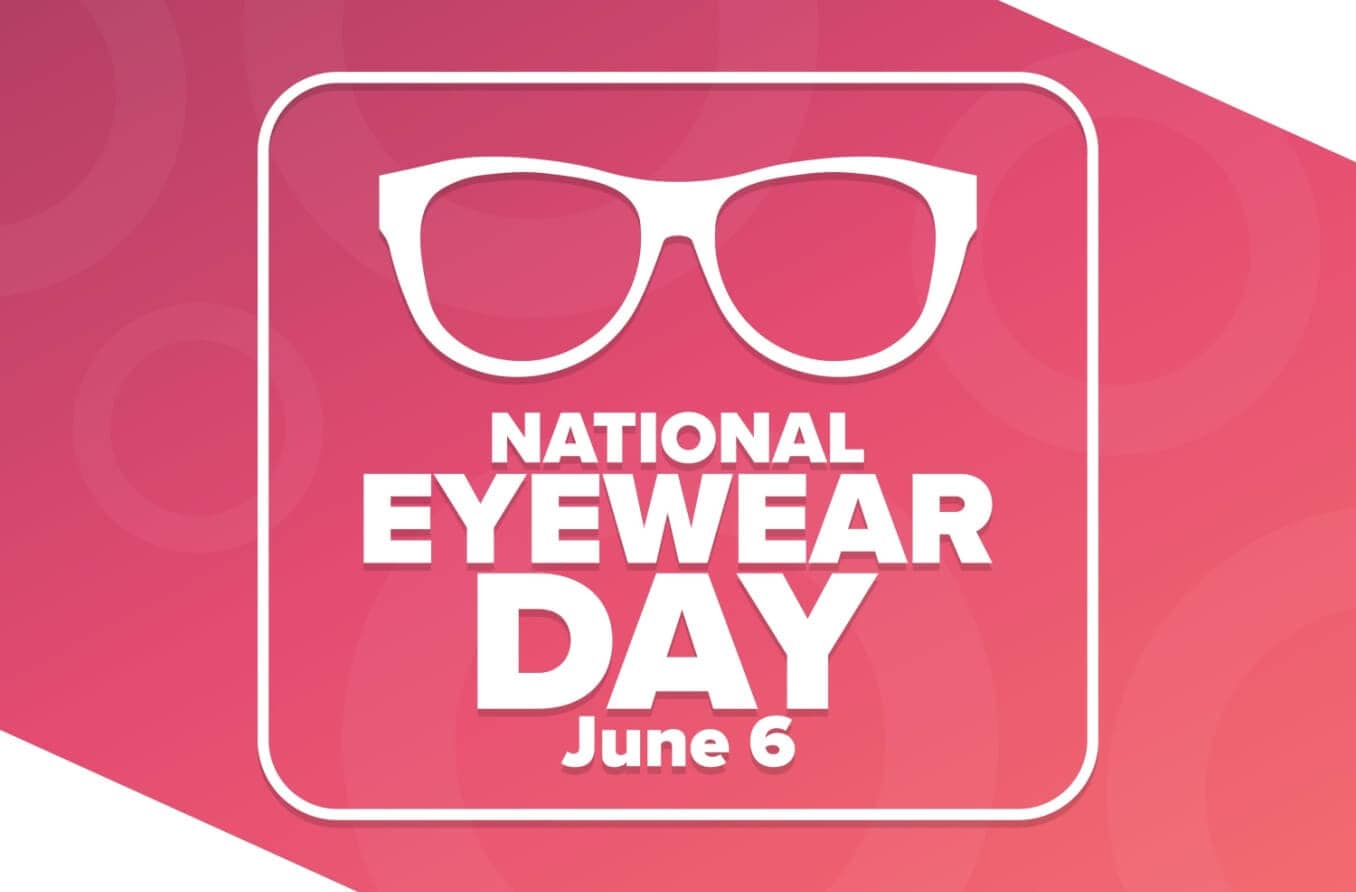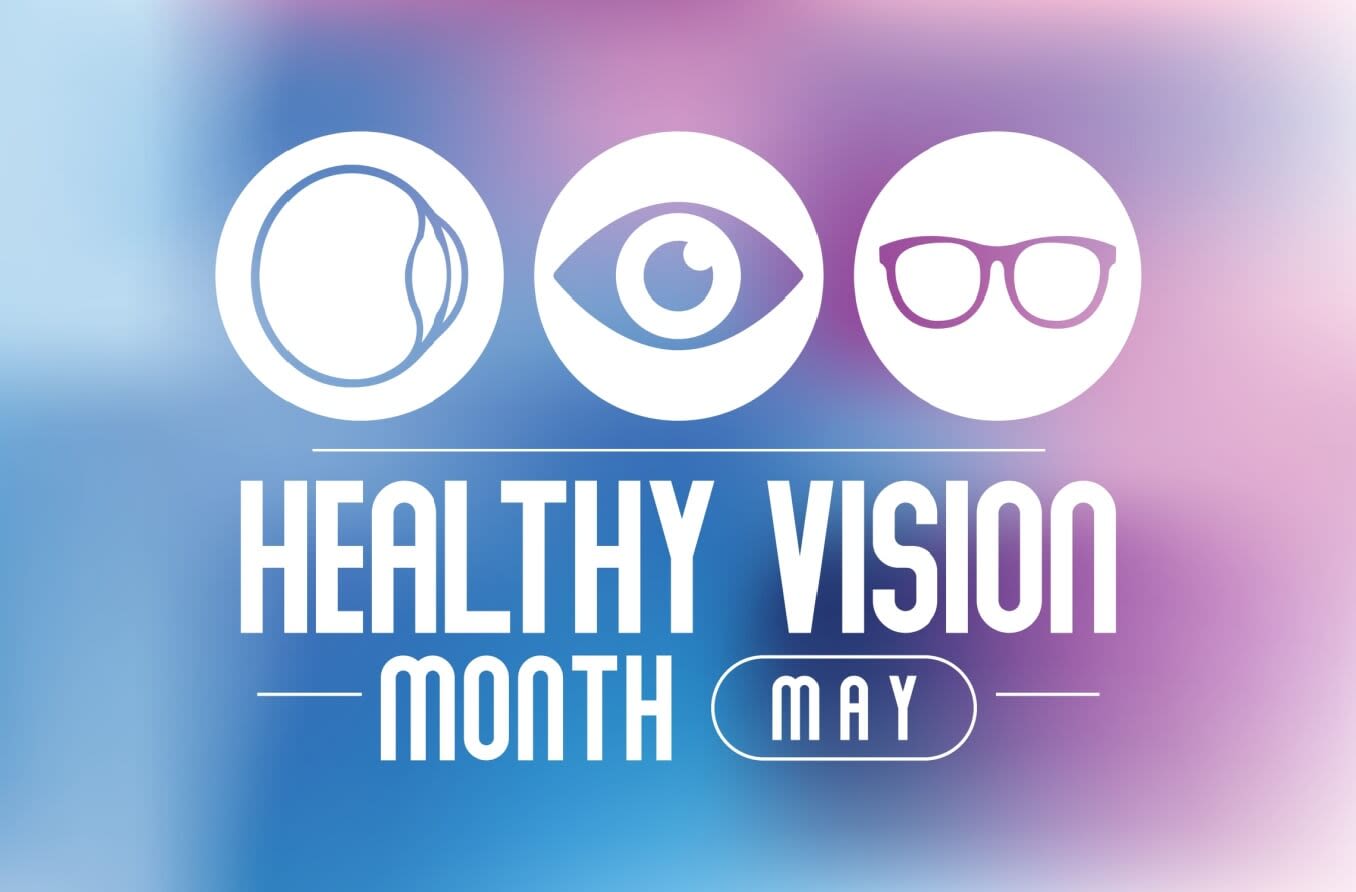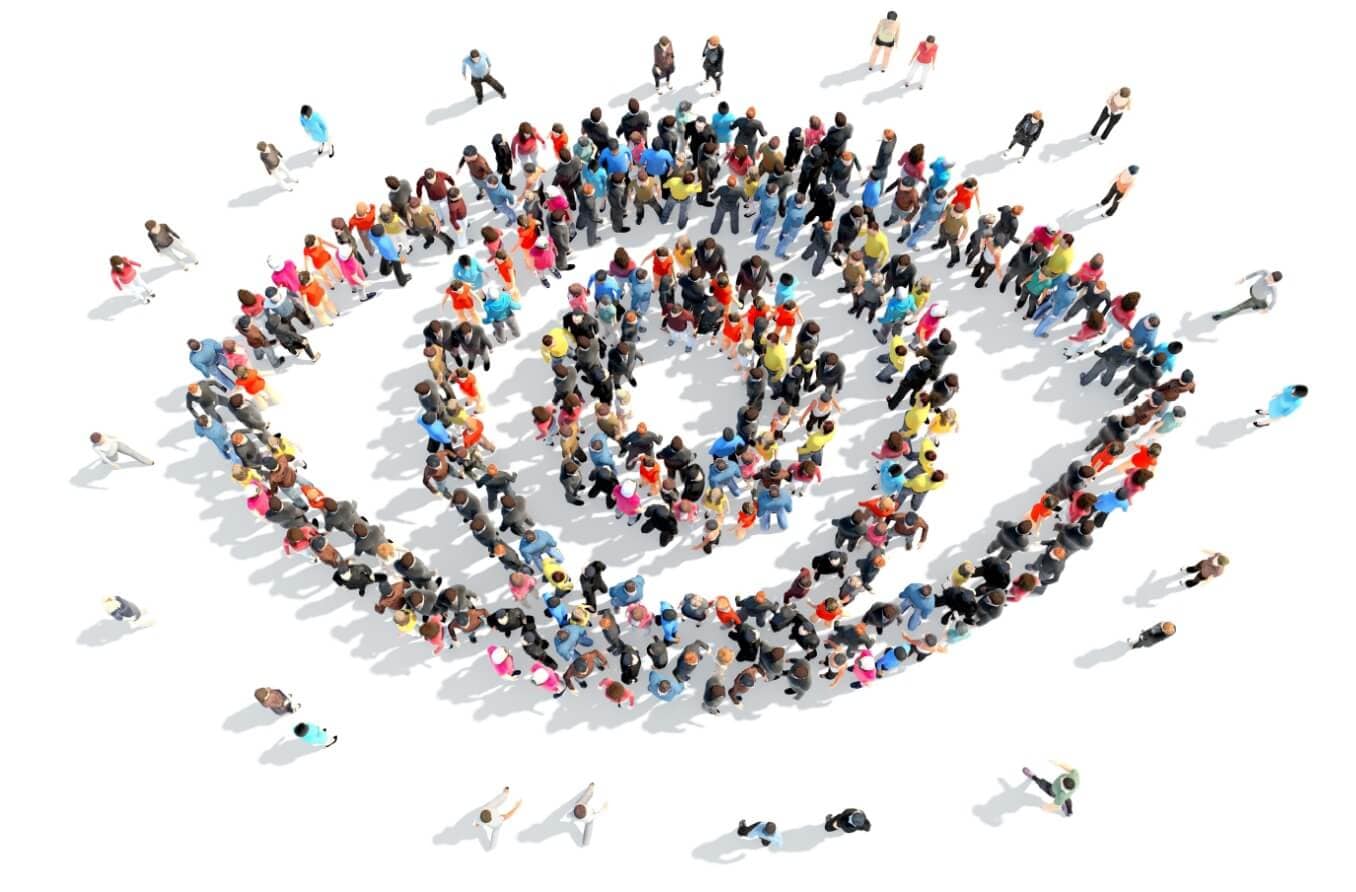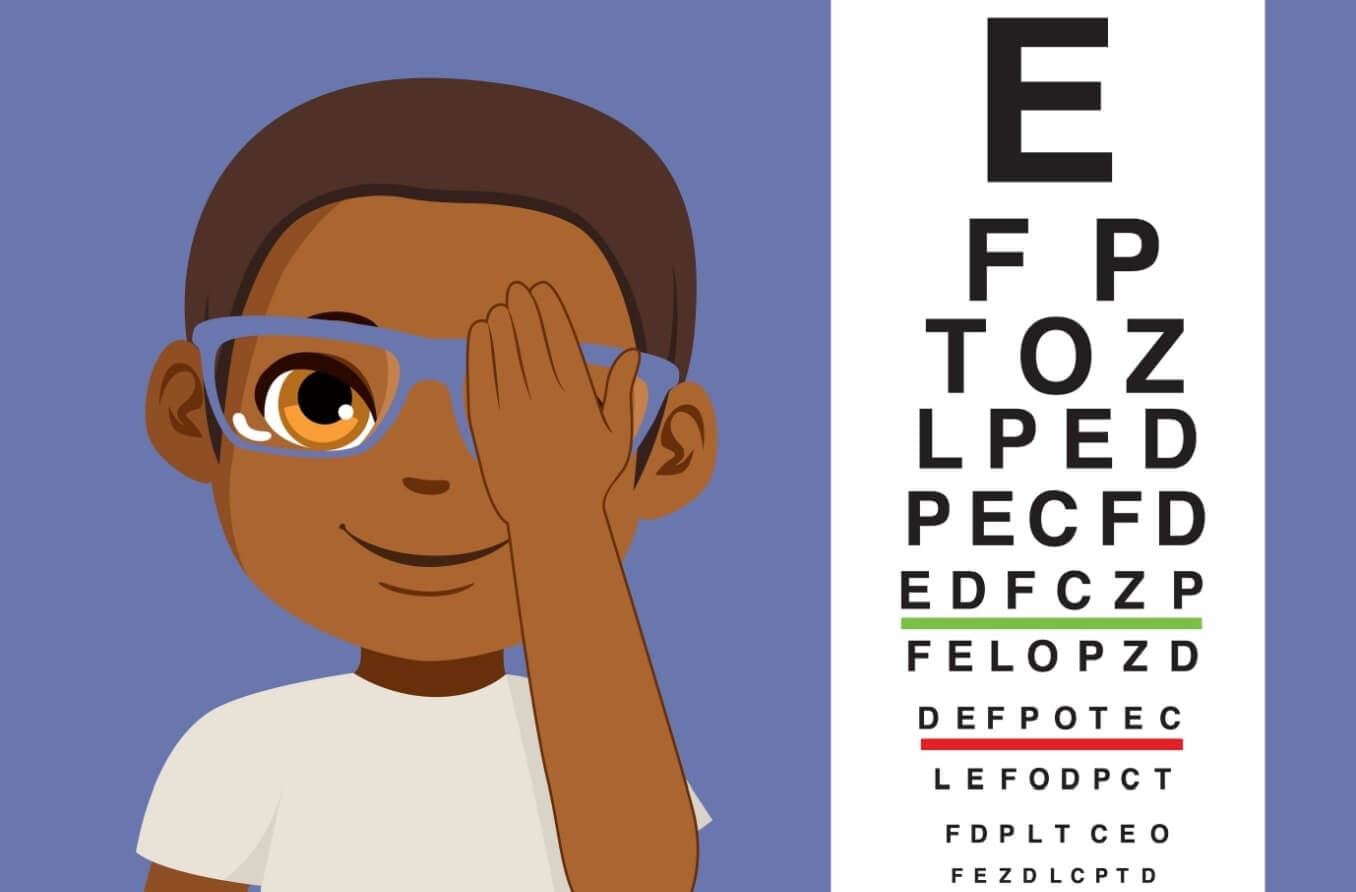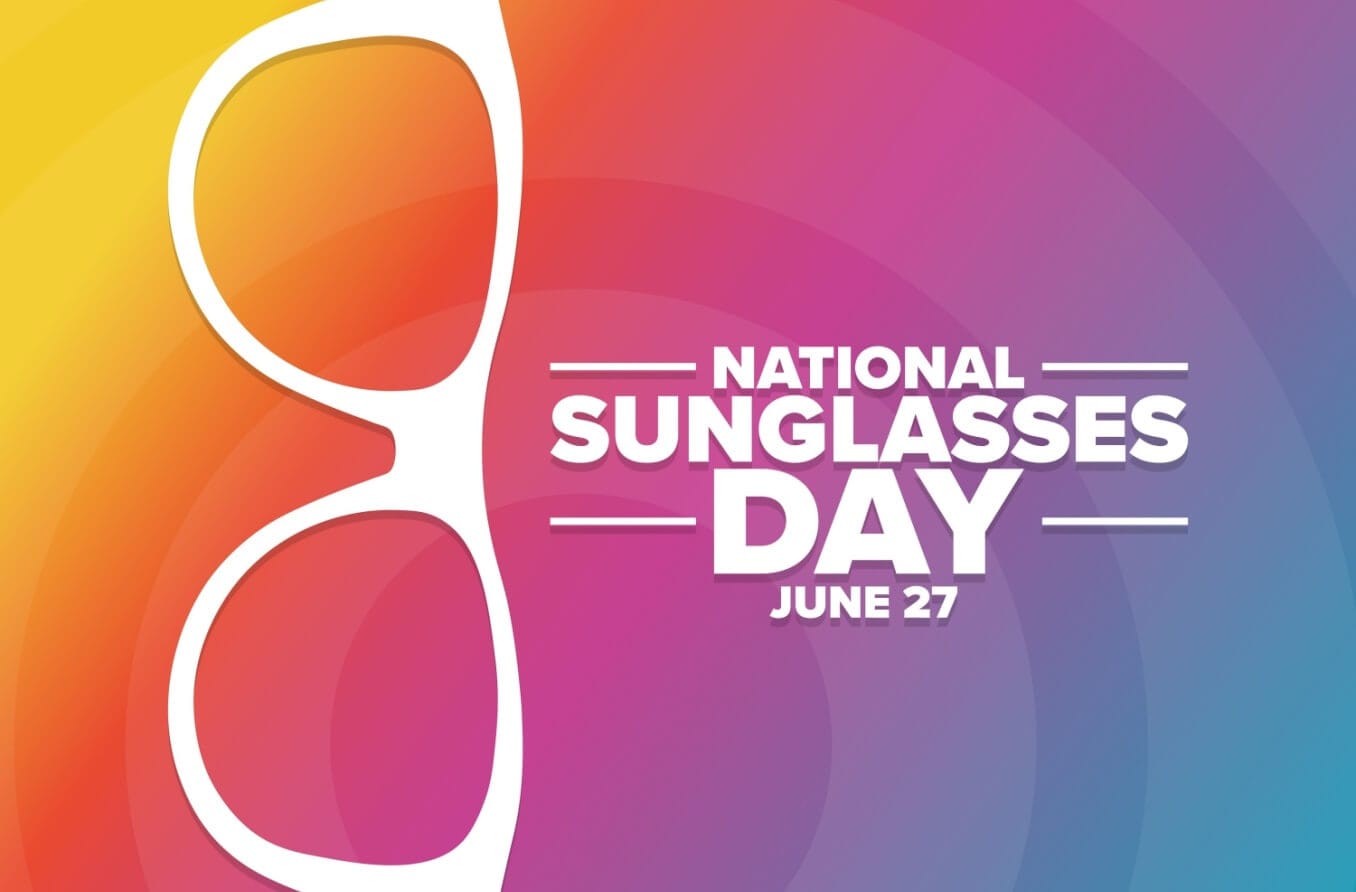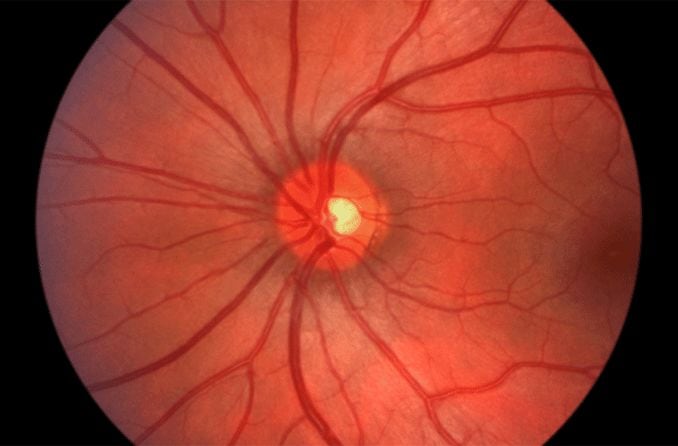History behind Sports Eye Safety Month
April has been named Sports Eye Safety month by the American Academy of Ophthalmology. About 40,000 people endure sports-related eye injuries every year. Of those injuries, over 13,000 can cause permanent vision loss. However, experts believe that 90% of sports eye injuries can be prevented by using proper eye protection.
History of eye protection in sports
Eye safety has been a concern in sports for thousands of years. Masks to protect the face and eyes were some of the first types of equipment people wore for safety. Here’s a (very) brief timeline tracking the history of eye protection in sports:
1200 B.C. – There is evidence that fencers wore masks in ancient Egypt.
1877 A.D. – Catcher’s masks in baseball were first used at a Harvard College baseball game.
1960s – Goggles became popular with skiers, snowboarders and basketball players.
1968 – Full-face crash helmets in motorcycle and automobile racing were first introduced.
1970s and 1980s – Players began wearing protective visors and masks in hockey and football, and rules were put into place requiring their use for increased safety.
1990s – Racquetball and soccer players started wearing goggles.
2000s – The popularity of goggles expanded into sports like lacrosse, field hockey and squash.
2001 – Full-faced racing helmets became mandatory after the death of Dale Earnhardt.
Common eye injuries in sports
It’s estimated that nearly all sports-related eye injuries could be prevented with the right protection. However, only a small percentage of people choose to wear protective eyewear. While many injuries are mild, some are extremely serious and can lead to permanent vision loss.
Eye injuries while playing sports can occur for a variety of reasons. For example, it’s common for objects like balls, sticks, or another player’s elbows or fingers to hit or poke someone in the eye.
Common eye injuries include:
Corneal abrasion – A fingernail or other sharp object can scratch the cornea and cause pain and tearing.
Blunt eye trauma – Flying objects or contact by another player can cause trauma to the eye or eye socket. Blunt eye trauma can lead to a detached retina, fracture, a black eye, eyeball rupture or other eye issues.
Eyelid laceration – An eyelid laceration can occur in a similar way as a corneal abrasion. Another player’s finger or piece of sports equipment can tear the eyelid.
Penetrating eye injury – A small, sharp object like a piece of glass from an athlete’s eyeglasses can penetrate the eye. This can cause an infection or even lead to vision loss.
Other eye injuries include:
Ultraviolet radiation exposure – Exposing the eyes to the sun’s UV rays for long periods of time can cause vision damage or even vision loss.
Chemical burn – The powder and paint used to make markings on a field can get into a person’s eyes and cause eye irritation. Strong chemicals like acid in powders or paints may even lead to blindness.
Subconjunctival hemorrhage – This type of injury involves the rupturing of blood vessels in the conjunctiva. It is caused by trauma and typically does not require treatment.
Hyphema – Hyphema is when blood collects behind the cornea and the iris. It occurs from trauma and can cause pain and vision problems, some of which may be permanent.
Retrobulbar hematoma – Blood can collect within the orbit of the eyeball after trauma. It can cause vision loss.
Traumatic optic neuropathy – Optic nerve damage from blunt trauma can cause permanent vision loss.
Eye injuries can also lead to further complications. For example, a fracture of the eye socket can cause the eyes to be asymmetrical. Fractures can also entrap the muscles of the eye, preventing the person from looking up or down with ease.
Also, blunt force trauma to the head can cause a concussion that can affect your vision and other aspects of your health. Any head injury should receive immediate medical attention.
Sports that cause the most eye injuries
Different sports carry different amounts of risk for eye-related injuries, depending on the equipment used, level of contact between players, and the dimensions of the game ball or object. However, sports that are less physical can still carry a risk of eye injury.
The sports associated with the most eye injuries each year in the U.S. include:
Basketball
Baseball
Softball
Football
Racquetball
Soccer
Most sports-related eye injuries in the U.S. are from playing basketball, with about 6,000 injuries occurring each year.
Whether you’re a professional athlete or you’re just playing a pickup game with friends, it is always critically important to protect your eyes.
Choosing the right eye protection for your sport
Regular prescription eyeglasses and sunglasses are not strong enough to protect your eyes while playing sports. Regular glasses can actually break if hit by an object or another person. Lens shards and frame fragments can cause an eye injury if they penetrate the eye or eyelid. Contact lenses do not provide any protection from injuries.
The most common types of eye protection for sports include:
Sports goggles
Helmets with face shields or face masks
Sports sunglasses
Ski goggles
Swimming goggles and diving masks
If you need vision correction, you can wear contact lenses along with your protective eyewear, or look for a style that can be fitted with prescription lenses.
Whatever you get, make sure your eye protection meets the American Society of Testing and Materials (ASTM) standards for your particular sport. An ASTM rating indicates that the eyewear can provide the proper protection required for the sport(s) it’s rated for. ASTM F803 is the standard rating for most sports.
Types of eye protection in sports
Many sports have guidelines regarding face and eye protection. Check if the sport you play has any rules or requirements before shopping for the following types of protective eyewear:
Sport goggles
To better protect your eyes, consider wearing sport goggles or glasses. They have special lenses made with polycarbonate, a plastic material that can withstand high-velocity impacts from flying objects and other players.
Athletes can wear sports goggles for sports such as basketball, field hockey and racquetball. For a comfortable fit, choose goggles with padding along the brow and bridge of the nose. If you need sun protection for outdoor sports, look for lenses with 100% UVA-UVB protection or a UV400 label.
Helmets with face shields
Ice hockey and lacrosse players should wear helmets with a polycarbonate face mask or wire shield. Baseball and softball players should wear a similar type of helmet for batting and base running.
Sports sunglasses
If you play outdoor sports with a lower risk of eye injury, consider sports sunglasses made with polycarbonate lenses and 100% UV protection. Lenses with a brown or rose-colored tint can provide more contrast for some environments. Golfers, baseball players, water sports enthusiasts and other athletes often prefer these performance-enhancing sunglasses.
Specialty protective eyewear
Some sports, like fencing, swimming, shooting and skiing have specially designed eyewear to protect people while participating.
If you’re not sure what type of eye protection to use for your sport and vision needs, talk to your coach or your eye doctor.
Other tips for preventing sports-related eye injuries
Aside from using the correct eye protection, consider the following tips as we acknowledge Sports Eye Safety Month this April:
Get routine eye exams – During an exam, your eye doctor will check the health of your eyes and the clarity of your vision. If you need vision correction, they’ll give you an updated vision prescription to make sure you can see clearly. Having recent data is important in case an injury affects your visual acuity.
Replace old goggles – If your goggles are worn, scratched or damaged, it’s time for a new pair that you can easily see through.
Talk to your kids about eye safety in sports – Most sports-related eye injuries occur in younger people, so it’s important to educate them from an early age.
Stay alert at sporting events – Spectators attending sporting events are also at risk for eye damage. This is because objects like baseballs, hockey pucks and even players sometimes fly (or fall) into the stands.
If you have reduced vision in one or both of your eyes, protective eyewear can help prevent additional eye damage from occurring while playing sports.
Treating sports-related eye injuries
If you or your child incur a sport-related eye injury, see a medical professional as soon as possible. It is especially important to seek medical attention right away if you experience any swelling, vision loss or difficulty opening your eye.
If an object enters your eye, do not try to remove it yourself. Doing so can lead to permanent damage and blindness.
